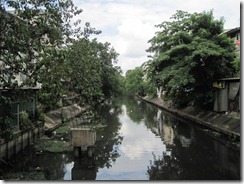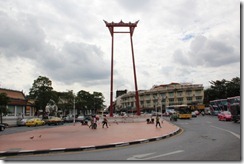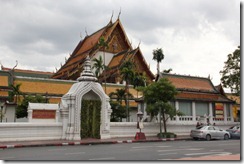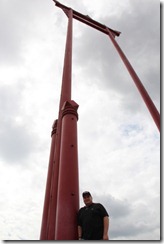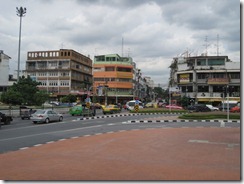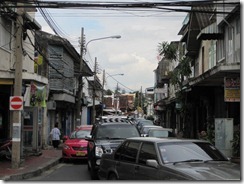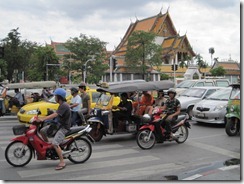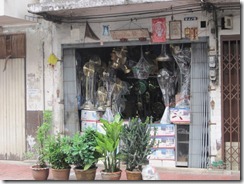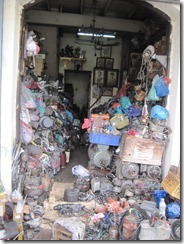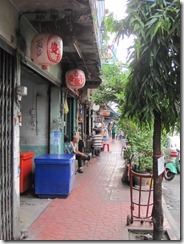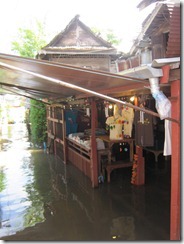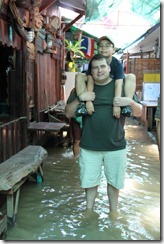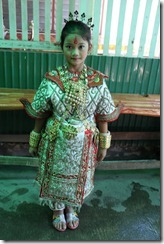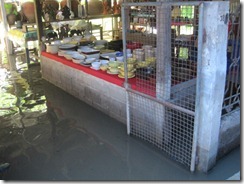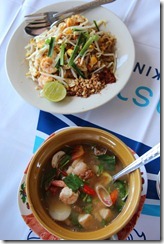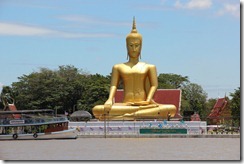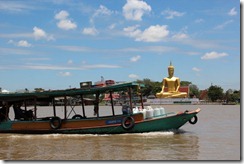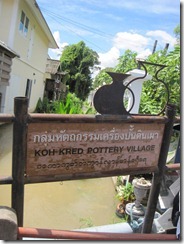Bangkok Floods
October 14, 2011
7:00 p.m. Local Time
Bangkok, Thailand
You’ve probably heard about the flooding in Thailand that has left over 280 dead, millions displaced, and over six million hectares underwater. The estimated cost of the damage could run upwards of $5 billion by the time this is over. On the ground, the situation seems as serious as the media is portraying it to be, although the mood is generally upbeat. People are cautiously optimistic that the worst has passed. That, of course, is cold comfort to the million of people already affected by the flooding and the residents of eastern and western Bangkok who will soon be homeless as the excess water is siphoned through their areas. Nor does it take into account that the rains haven’t stopped yet. A thunderstorm with heavy showers just passed through the area.
As of this writing, the Bangkok suburb of Nonthaburi is still “dry.” The flooding is not as bad here as it is 45 minutes upriver in Ayutthaya. Water from the Chao Phraya River has overflowed the river’s banks about five kilometers from here and flooded the temple grounds at Wat Bangchak and neighboring Koh Kred Island. Flooding has not yet reached the city’s main thoroughfares, Chaengwatthana and Tiwanon roads. If the water breaches those fortified arterials and rises half a meter, then the flooding could spread here.
I’ve heard that water level will continue to rise through Monday, October 17. Until then, we’ll wait and see. We’ve hunkered down and made some preparations in the event that our home turns into a swimming pool. Regardless of the outcome, it will take awhile for life to get back to normal here for all of us.
Tomorrow I plan to drive around to survey the extent of the damage in the area and take photos. I will post them if I see flooding.

